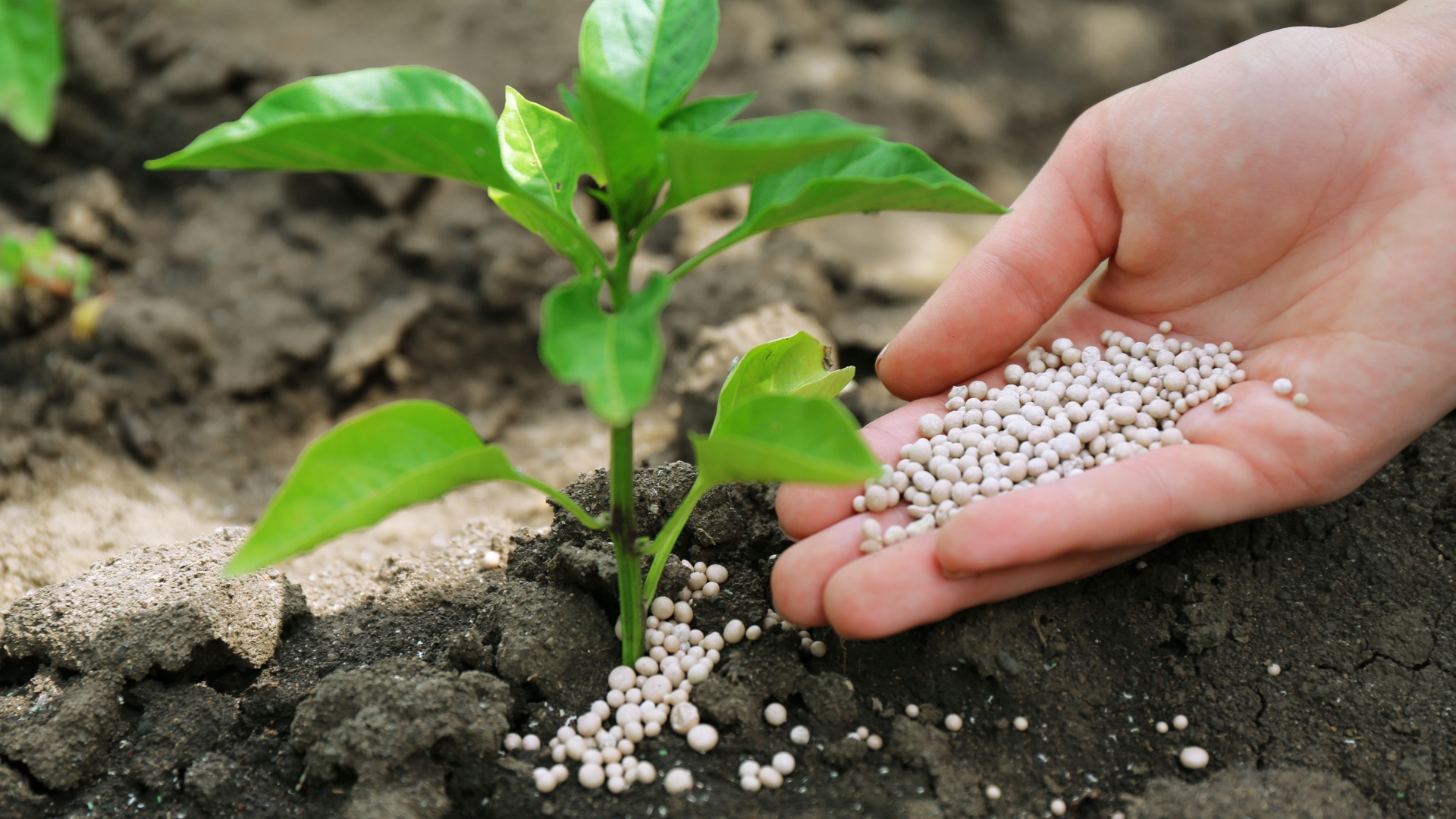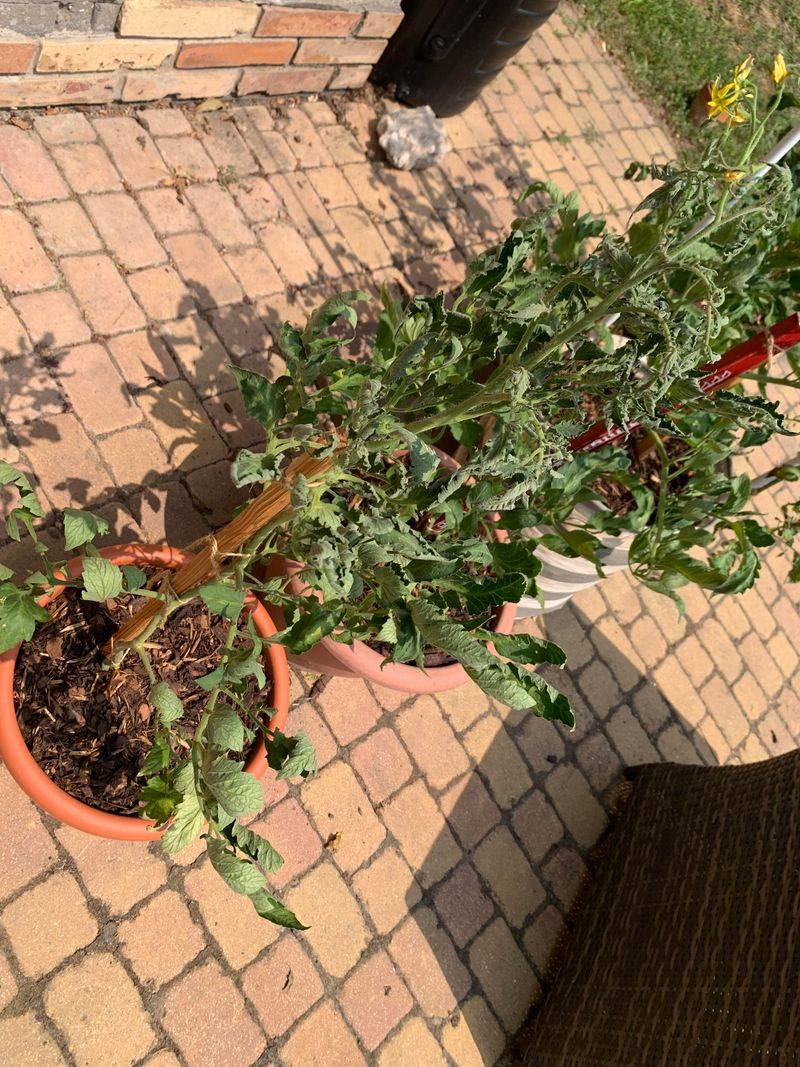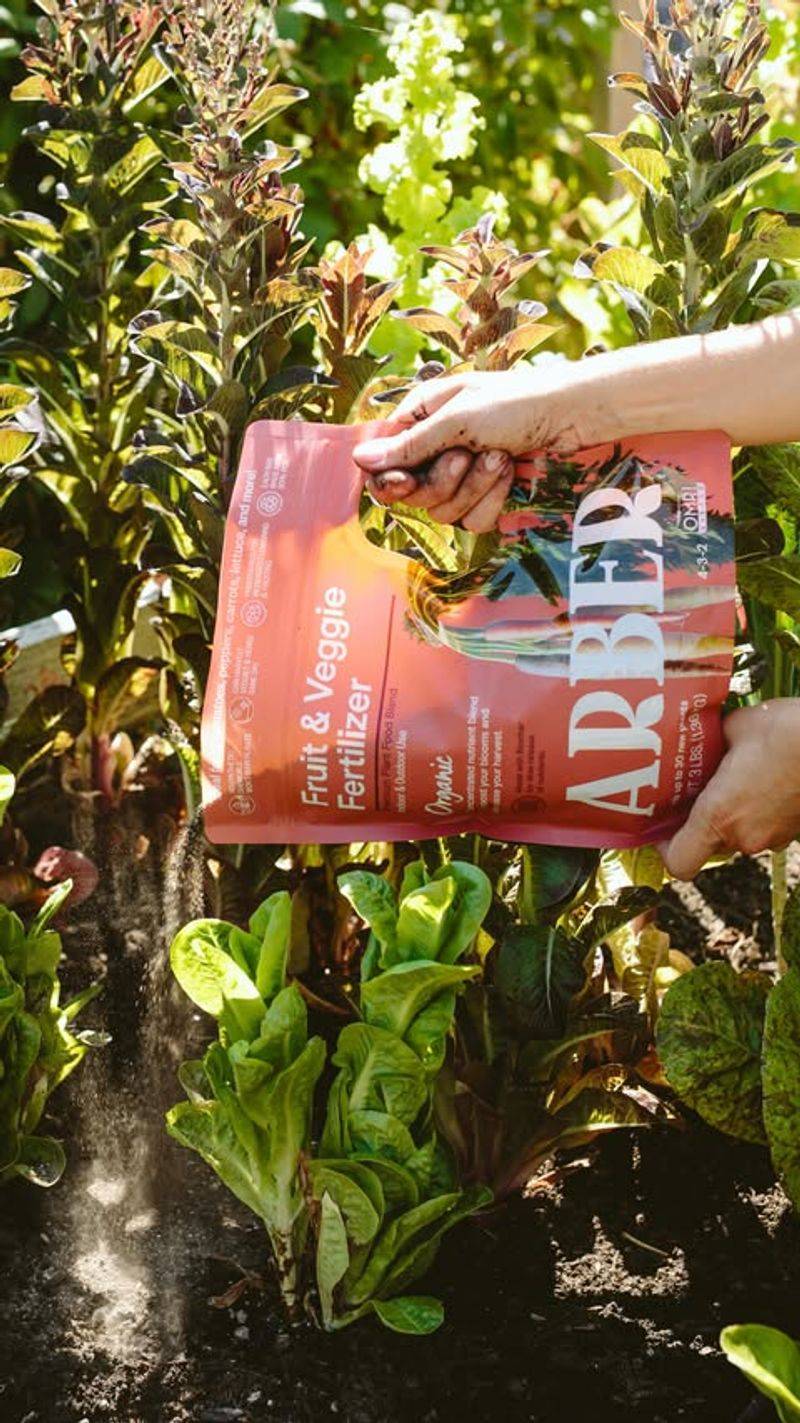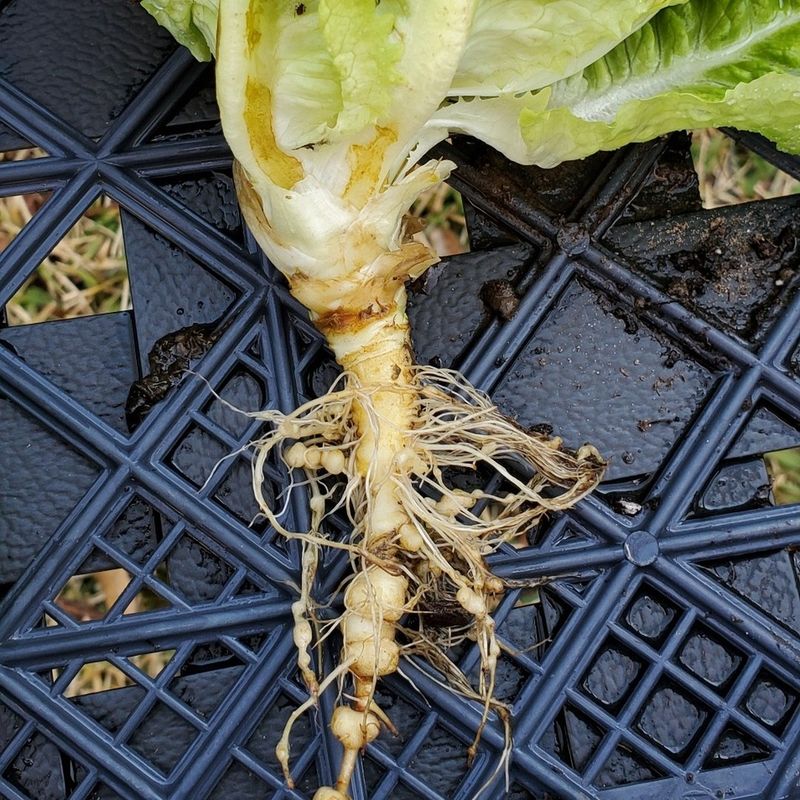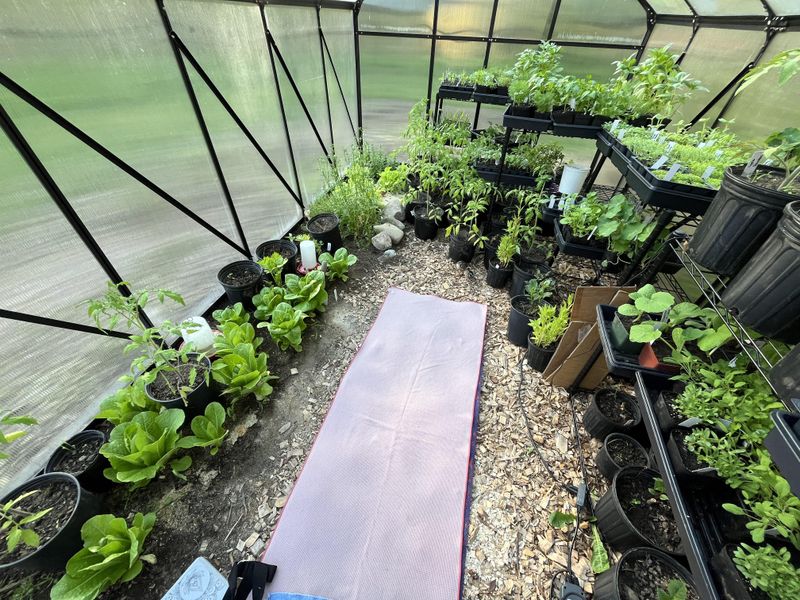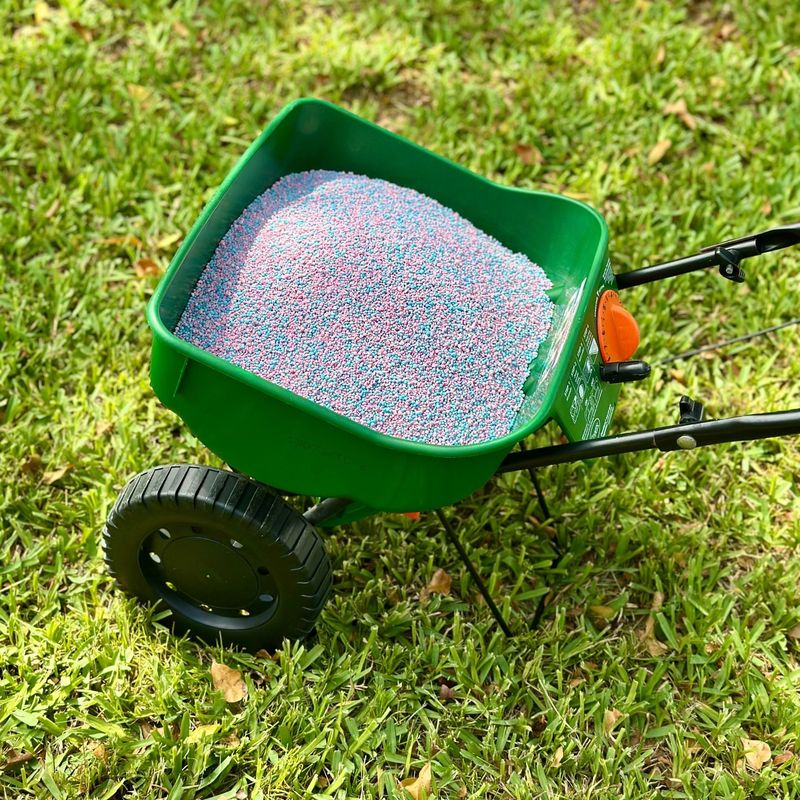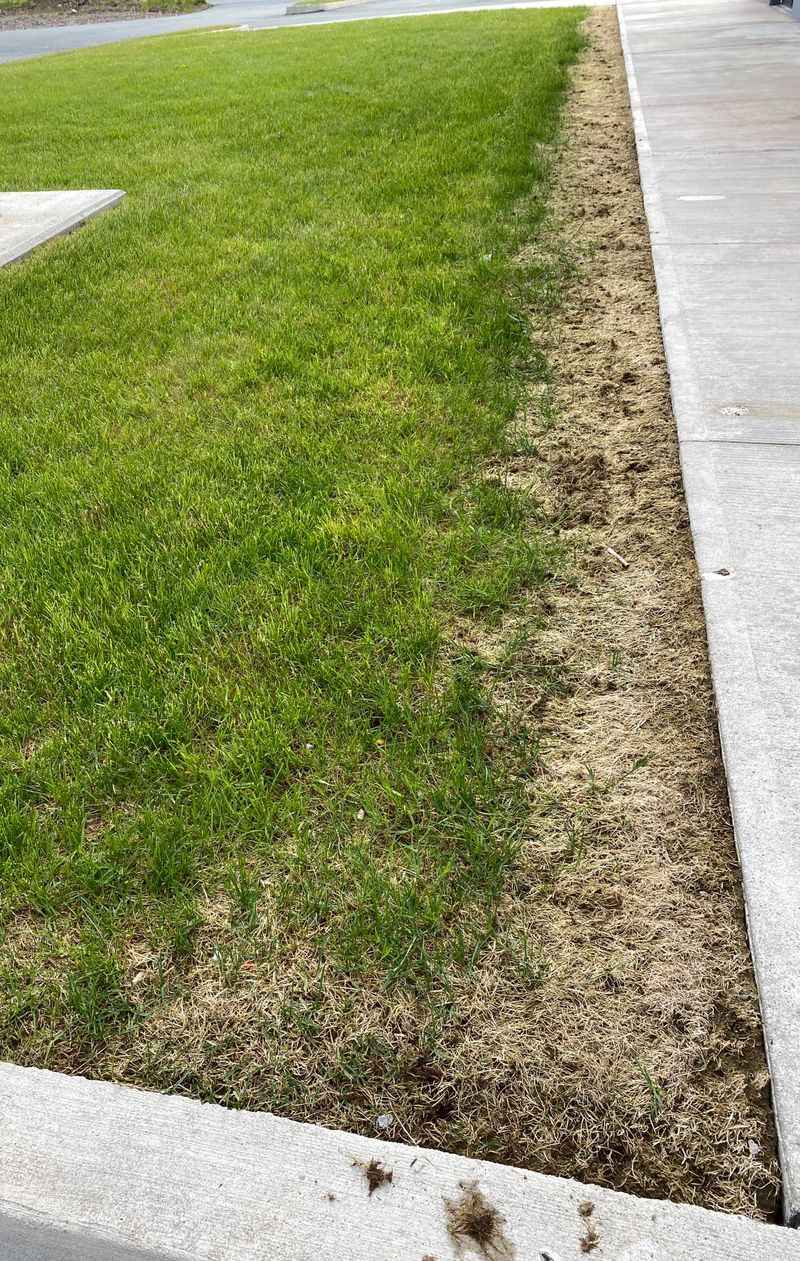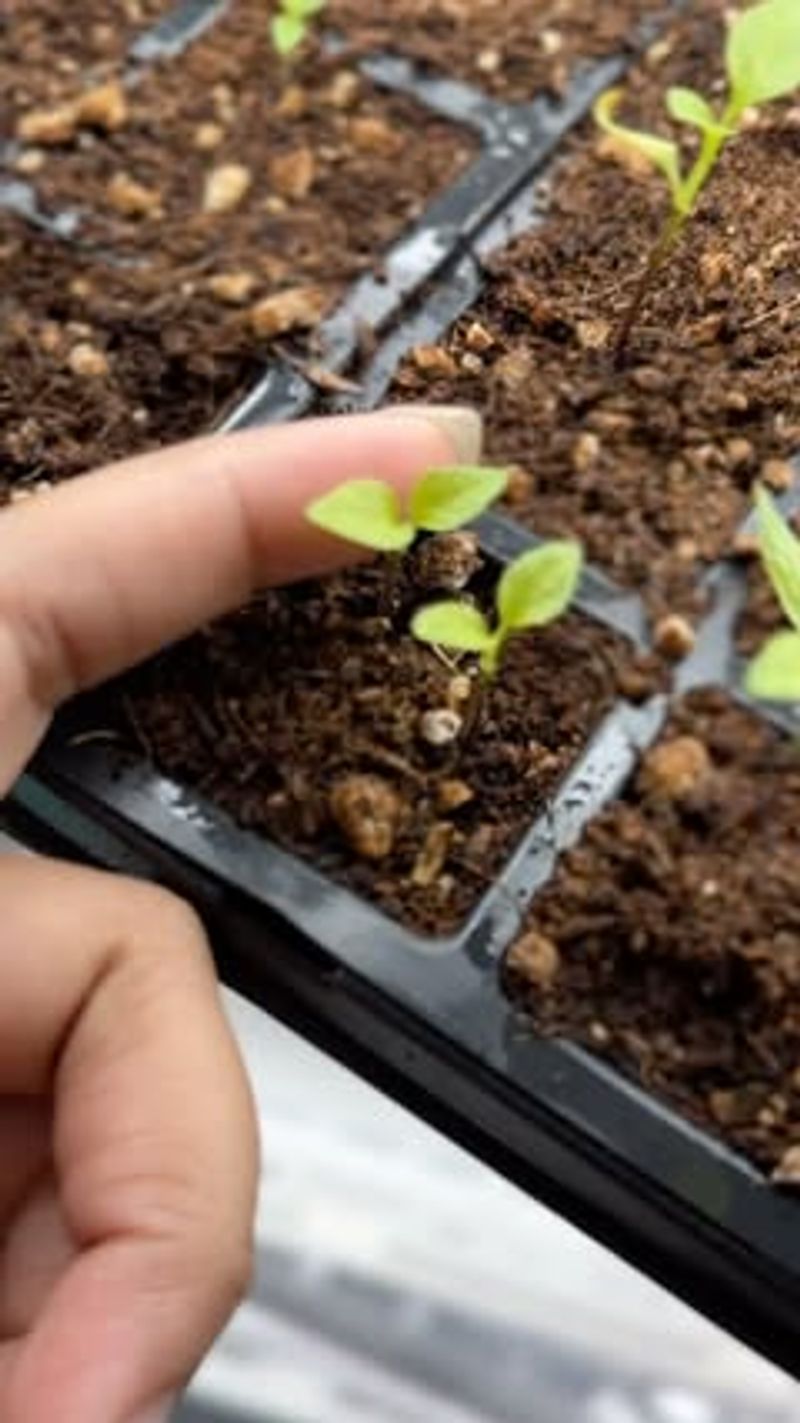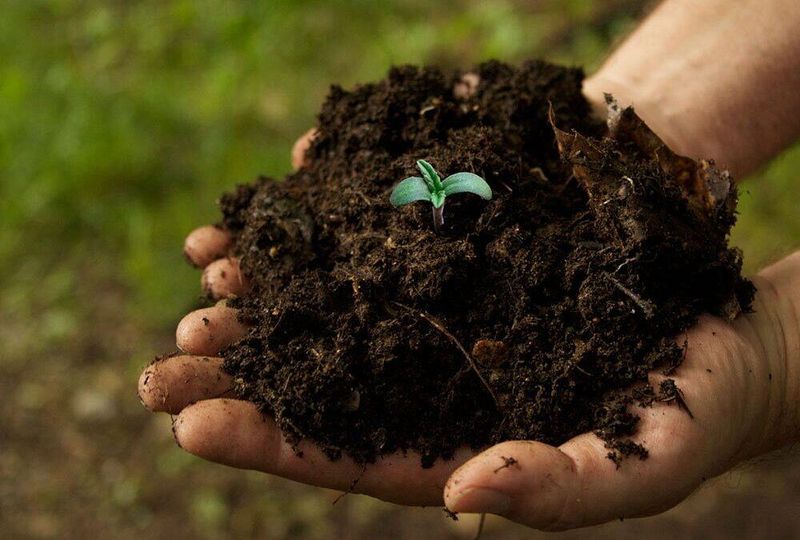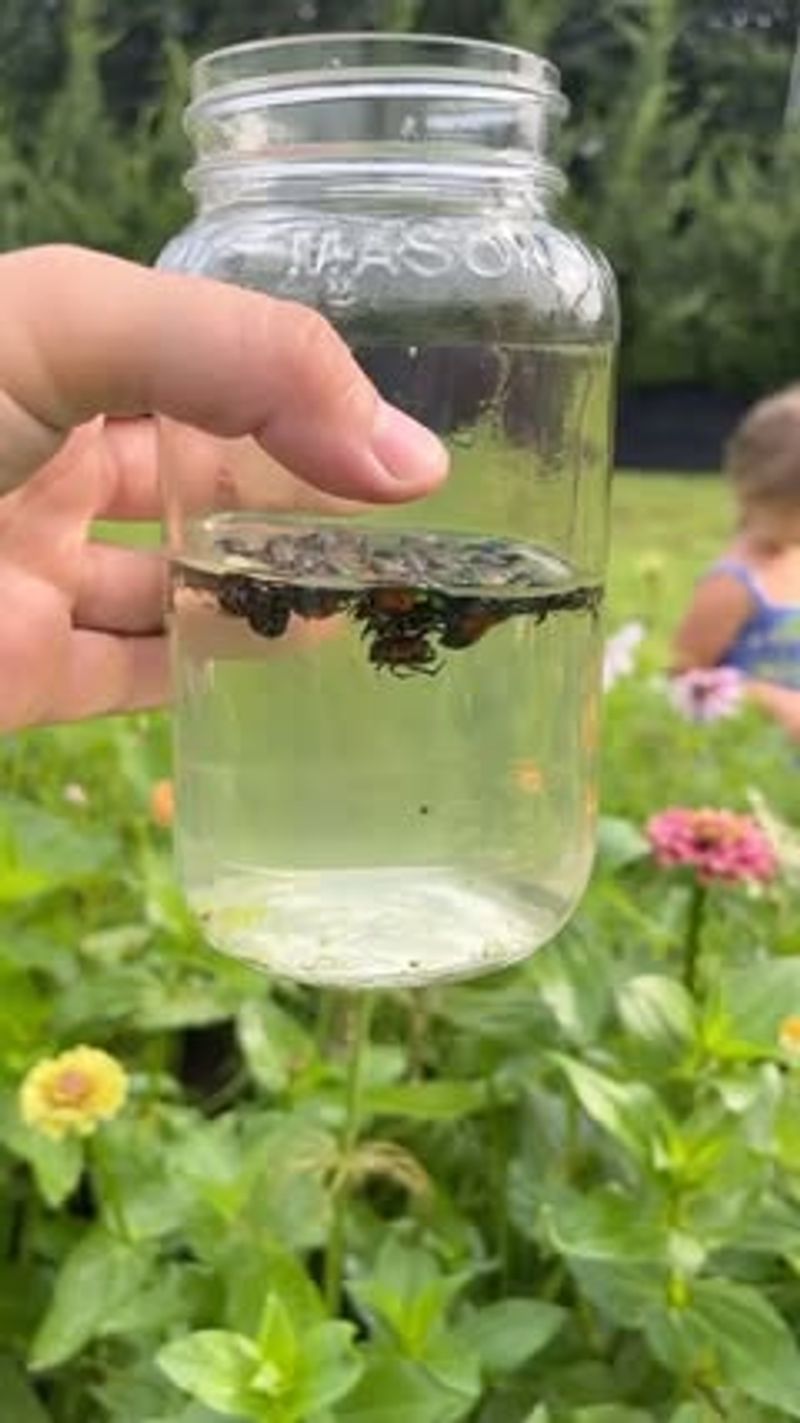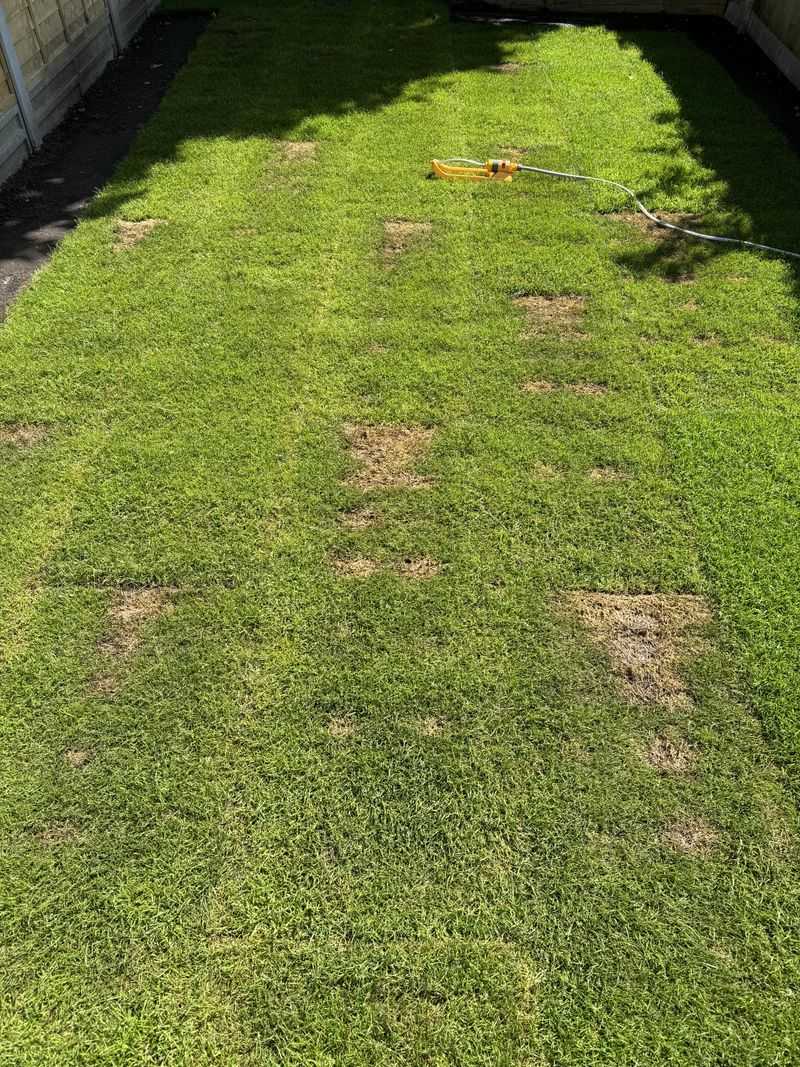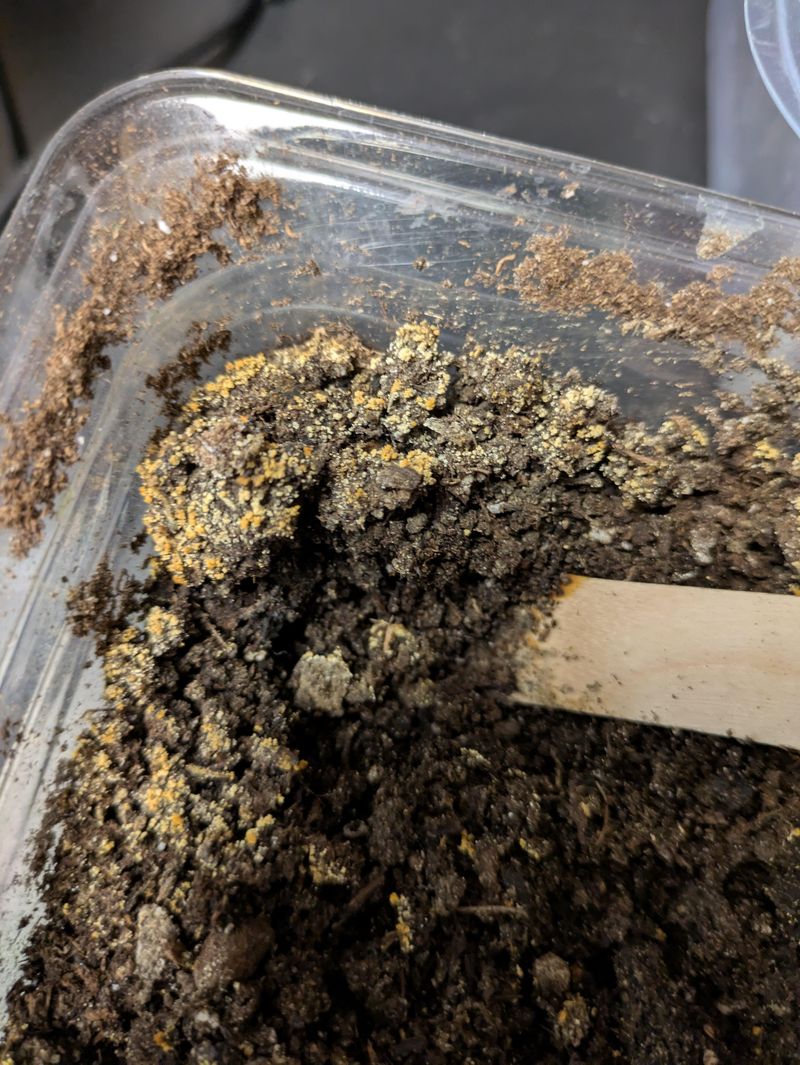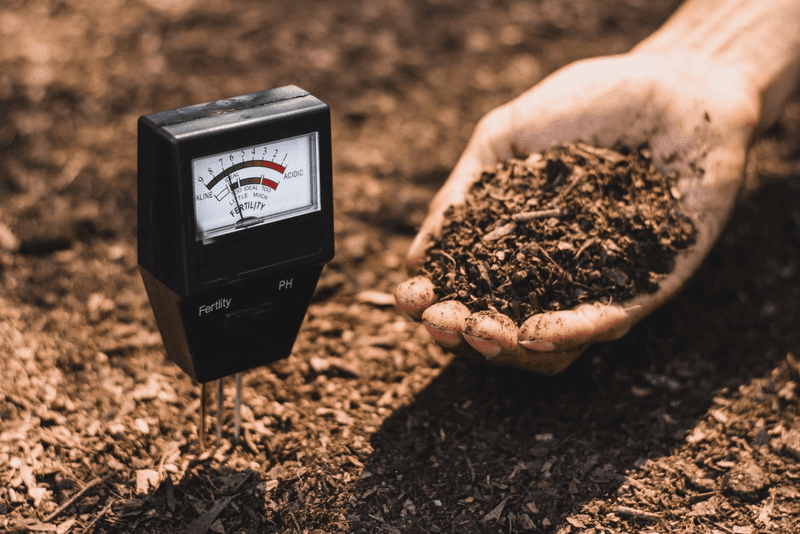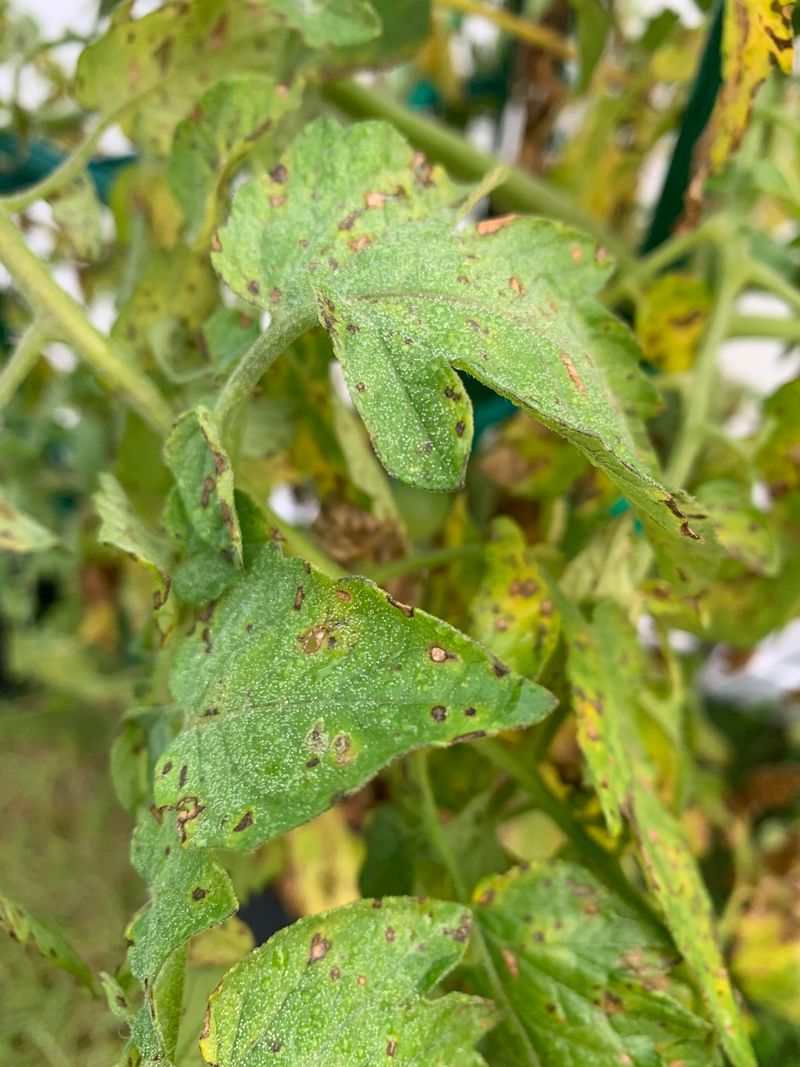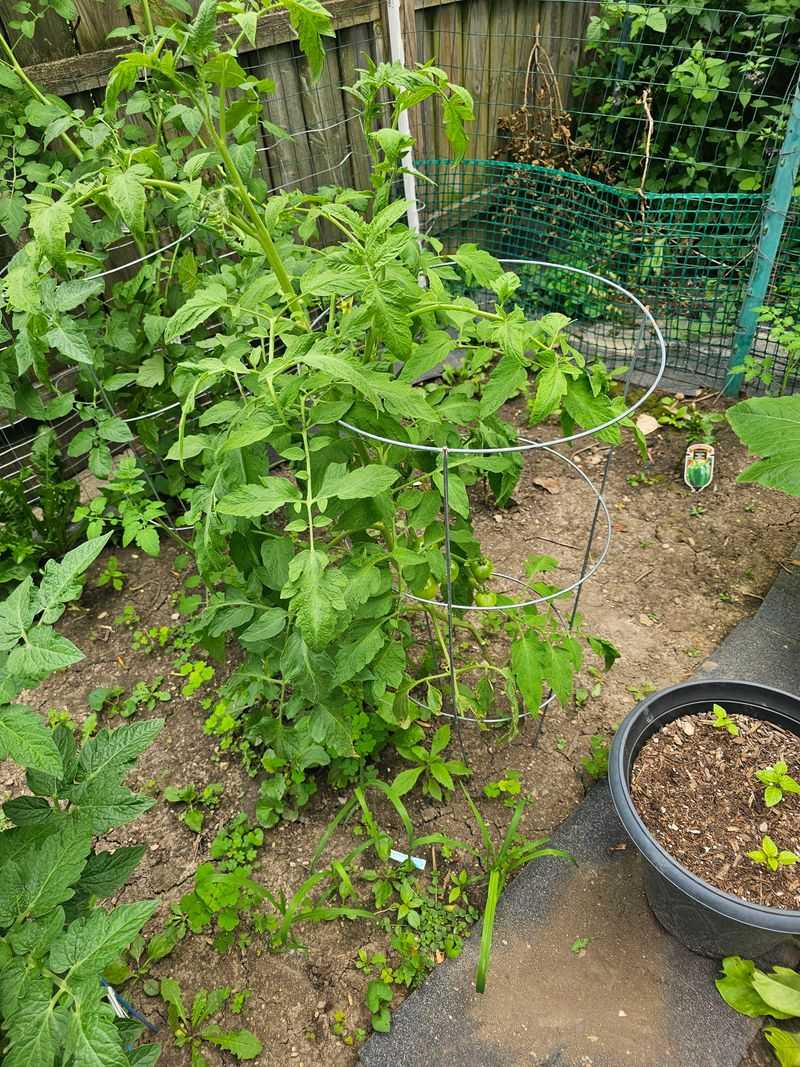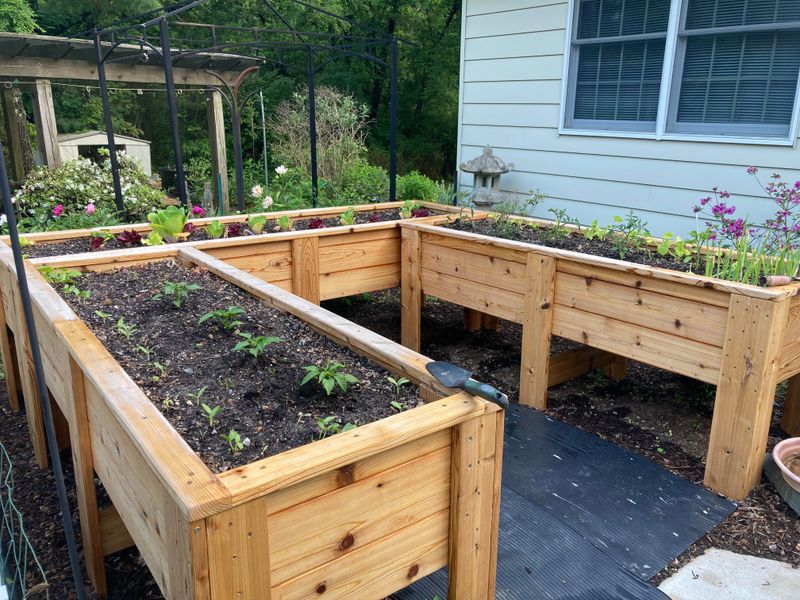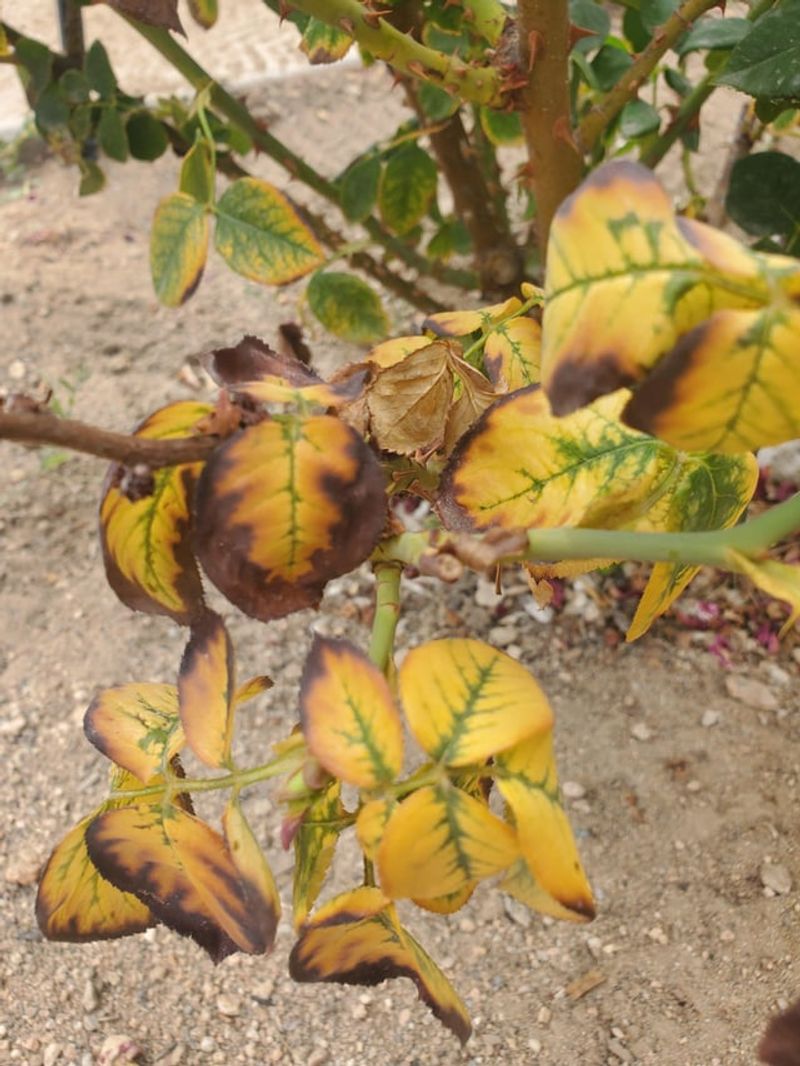When the sun is blazing and the ground feels like an oven, fertilizing your garden might seem like a way to help—but it can do just the opposite. In extreme heat, plants are already stressed, and adding fertilizer can make things worse fast.
You could end up burning roots, wasting nutrients, or even killing your plants. Before you grab that bag, it’s smart to know what can really go wrong.
1. Plant Stress Overload
Plants already struggle during heat waves, conserving energy just to survive. Adding fertilizer forces them to process nutrients when they’re barely hanging on.
Think of it like being asked to run errands while you have the flu—it’s just too much! Your green friends are in survival mode, not growth mode.
Wait until temperatures return to normal before fertilizing, giving your plants a chance to recover from heat stress first.
2. Chemical Burns on Leaves
Fertilizer that touches leaves during hot weather can cause nasty chemical burns. The heat intensifies the chemical reaction, leaving brown, crispy spots that won’t heal.
Many gardeners notice these burns and mistakenly add more water, making the problem worse. The damaged areas create entry points for diseases and pests.
Even slow-release fertilizers can cause this damage when temperatures soar above 85°F.
3. Rapid Water Evaporation
During heat waves, water evaporates at lightning speed. Fertilizer needs water to break down properly and reach plant roots.
Without enough moisture, those nutrients just sit on top of the soil, completely useless to your plants. Some gardeners try compensating with extra watering, but this often leads to fertilizer runoff.
The scorching sun can bake fertilizer into a crusty layer that water can’t penetrate, creating a barrier between moisture and roots.
4. Root System Damage
Hot soil temperatures plus concentrated fertilizer equals disaster for delicate root systems. The combination can literally cook the tiny root hairs responsible for nutrient uptake.
Once damaged, these roots can’t effectively absorb water or nutrients. Young plants are especially vulnerable, often showing wilting within hours of fertilizer application during extreme heat.
Recovery from root damage takes weeks, if the plant survives at all.
5. Wasted Money Down the Drain
Fertilizing during a heat wave is like throwing cash into a bonfire. Most of those expensive nutrients wash away or evaporate before plants can use them.
Summer rainstorms after dry periods cause sudden runoff, carrying away fertilizer you just applied. Studies show up to 80% of nutrients can be lost when applied during high temperatures.
Smart gardeners wait for moderate weather, getting full value from their garden investments.
6. Environmental Pollution Risks
Fertilizer that doesn’t reach your plants doesn’t just disappear—it becomes pollution. Runoff carries those chemicals into storm drains, local waterways, and eventually larger bodies of water.
This nutrient pollution causes algae blooms that deplete oxygen and kill fish. One small garden might seem harmless, but multiply that by thousands of homeowners fertilizing during heat waves.
Responsible timing helps protect our shared environment.
7. Salt Concentration Buildup
Fertilizers contain salts that can accumulate in soil during hot weather. Without adequate rainfall or irrigation to dilute them, salt levels rise to toxic levels.
Plants suffering from salt buildup show symptoms similar to drought stress—wilting, yellowing, and brown leaf edges. The difference? Watering doesn’t help and might worsen the situation.
Excessive salt concentration can persist in soil for months, affecting future plantings long after the heat wave ends.
8. Accelerated Growth at Wrong Time
Fertilizer stimulates new growth—precisely what plants shouldn’t do during extreme heat. Fresh, tender growth requires extra water and energy to maintain.
Plants forced to produce new leaves during heat stress often sacrifice older growth to compensate. The result? Overall weakening of the entire plant as it struggles to support new growth it didn’t need.
Mother Nature knows best—plants naturally slow growth during hot periods for good reason.
9. Microorganism Die-Off
Healthy soil teems with beneficial microorganisms that help break down fertilizer into plant-available nutrients. Heat waves already stress these tiny helpers.
Adding concentrated fertilizer during high temperatures can kill off beneficial bacteria and fungi. The soil food web takes months to rebuild once damaged.
Without these microorganisms, plants struggle to access nutrients even after temperatures cool down.
10. Increased Pest Attractants
Struggling plants emit stress signals that actually attract certain pests. Fertilizing during heat makes plants release more of these chemical signals.
Aphids, whiteflies, and spider mites are particularly attracted to the flush of nitrogen-rich new growth that fertilizer stimulates. Heat-stressed plants lack the energy to produce natural pest deterrents.
Suddenly your garden becomes an all-you-can-eat buffet for the very pests that can finish off heat-damaged plants.
11. Lawn Burn Patches
Fertilizing lawns during heat waves creates unsightly brown patches that can last all season. The combination of fertilizer salts and high soil temperatures literally burns grass roots.
Even distribution becomes nearly impossible as granules bounce off dry, hard soil. The result? Concentrated spots of fertilizer creating a polka-dot pattern of dead grass.
Repairing these burnt patches requires reseeding and months of careful attention.
12. Fertilizer Crust Formation
Heat bakes liquid fertilizers into hard crusts that water can’t penetrate. These impermeable layers prevent moisture from reaching roots below.
Breaking up these crusts damages shallow roots and disturbs soil structure. Many gardeners don’t realize that dark-colored fertilizers absorb even more heat, making the crust problem worse.
Once formed, these crusts can remain problematic until fall rains or manual removal.
13. Altered Soil pH Levels
Heat accelerates chemical reactions between fertilizer and soil, causing rapid pH changes. These sudden shifts stress plants that prefer stable growing conditions.
Acidic fertilizers become even more acidic in hot weather, potentially locking up nutrients plants need. Correcting pH problems takes months, long after your plants have suffered damage.
Soil testing during heat waves often shows misleading results, making proper amendment impossible.
14. Weakened Disease Resistance
Plants allocate energy based on immediate needs. During heat waves, they prioritize cooling themselves over fighting diseases.
Fertilizing forces plants to divert precious energy to process nutrients instead of maintaining immune responses. Fungal pathogens like powdery mildew and bacterial infections take advantage of this weakened state.
The combination of heat stress and inappropriate fertilizing creates perfect conditions for disease outbreaks.
15. Nutrient Imbalance Creation
Heat changes how plants absorb different nutrients, often leading to imbalances. Phosphorus uptake increases while nitrogen absorption decreases during high temperatures.
Adding standard fertilizer without accounting for these heat-related changes worsens the imbalance. Plants show strange symptoms—yellow leaves with green veins or stunted growth despite fertilizing.
These imbalances can persist for weeks, confusing gardeners who don’t connect the problem to their heat-wave fertilizing.
16. Groundwater Contamination
Dry, cracked soil during heat waves creates direct channels for fertilizer to reach groundwater. These cracks bypass the natural filtering that normally occurs through soil layers.
Well water users may notice increased nitrate levels following heat waves when neighborhood fertilizing occurs. Once groundwater becomes contaminated, the problem affects everyone who draws from that source.
Responsible fertilizing timing protects this shared resource.
17. Ineffective Nutrient Conversion
Plants need specific enzymes to process fertilizer nutrients, but these enzymes work poorly in extreme heat. Above 90°F, many plants’ metabolic systems simply can’t efficiently convert fertilizer into usable forms.
The nutrients remain in the soil but might as well be invisible to heat-stressed plants. Gardeners get frustrated seeing fertilizer in the soil while plants show deficiency symptoms.
Patience until cooler weather ensures your plants can actually use the nutrients you provide.

